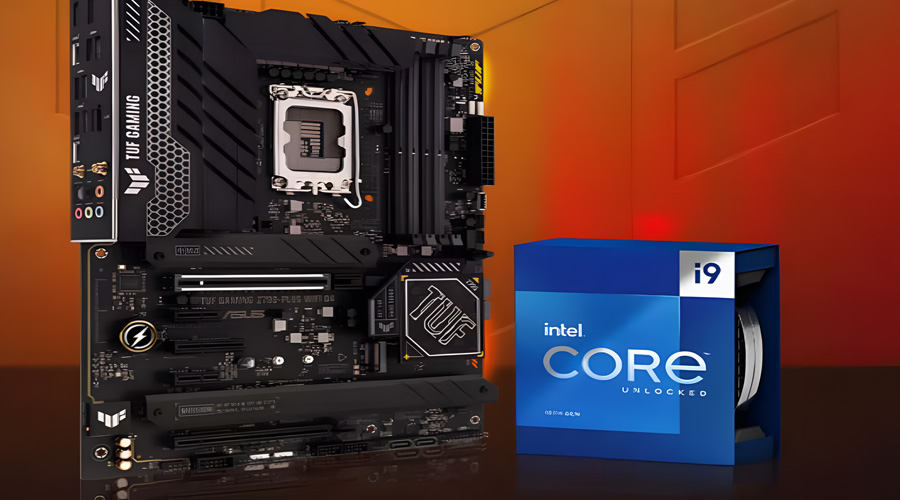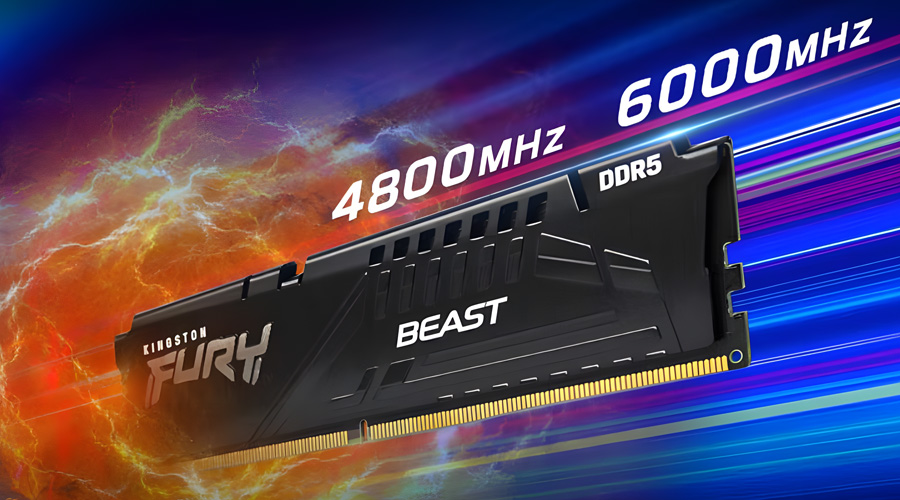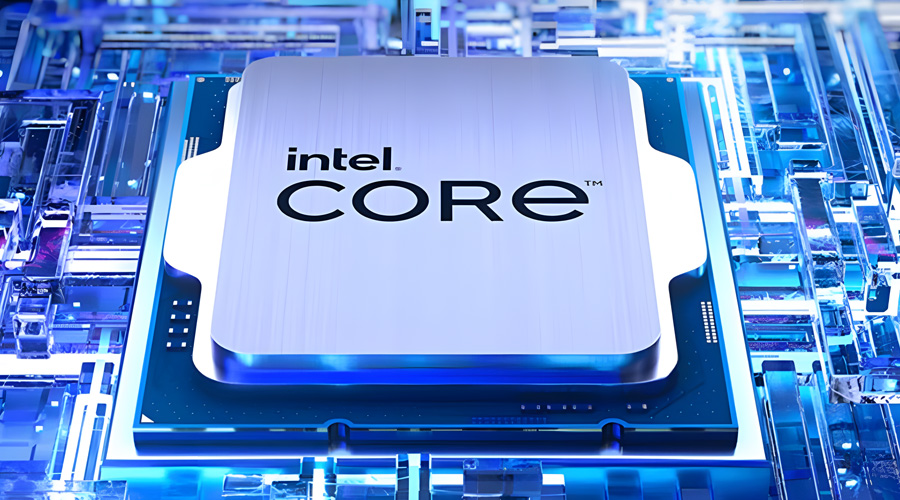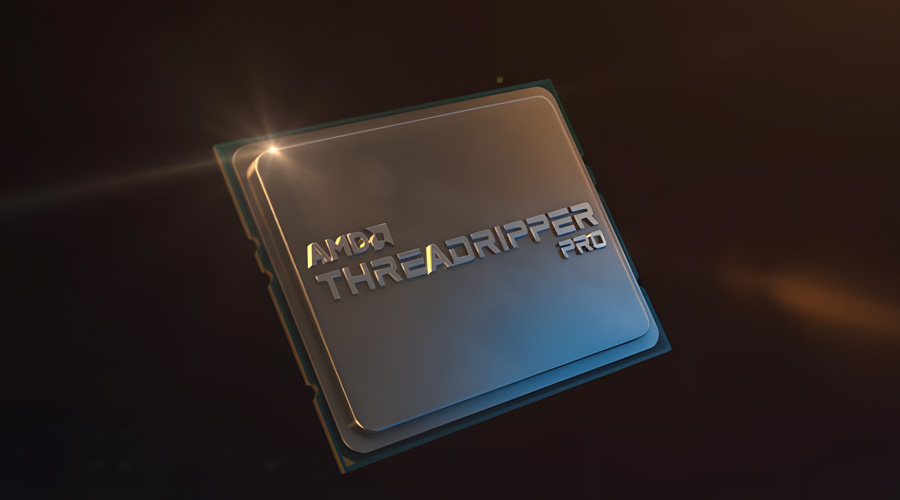A comprehensive guide to CPU suffixes: A comparative analysis of Intel and AMD suffix systems
Meanings of Intel CPU Suffixes
Intel CPU suffixes can be quite intricate and it's important to pay attention when examining them.
For Intel desktop CPUs:
- No Suffix: Indicates the CPU has an integrated graphics processor and is not overclockable.
- K Suffix: Indicates the CPU supports overclocking to enhance performance, requiring a separate cooler.
- F Suffix: Indicates the CPU does not have an integrated graphics processor, necessitating a dedicated graphics card.
- S Suffix: Denotes a special edition CPU.
- KF Suffix: Indicates the CPU lacks an integrated graphics processor but is overclockable, requiring both a dedicated graphics card and a cooler.
- KS Suffix: Denotes a special edition CPU that is easily overclockable, requiring a cooler.
- T Suffix: Indicates a low-power CPU version with relatively modest performance.
- X Suffix: Signifies a flagship-level CPU with higher power consumption and a steeper price tag.
- XE Suffix: Represents an extreme-level CPU, positioned above the X series, generally not suitable for average users.
For Intel laptop CPUs:
- U Suffix: Indicates a low-voltage, low-power CPU with weaker performance, commonly found in thin and light laptops, emphasizing ultra-thinness and battery life.
- P Suffix: Balances performance and power consumption, falling between U and H, often seen in thin and light laptops that emphasize ultra-thinness, battery life, and some level of performance.
- H Suffix: Represents a standard-voltage CPU with strong performance, commonly found in regular gaming laptops, such as the i9-13900H.
- HK Suffix: Indicates a standard-voltage CPU that is overclockable and boasts powerful performance, often found in high-end gaming laptops, like the i9-11980HK.
- HX Suffix: Denotes a standard-voltage CPU capable of both CPU and memory overclocking, offering even more powerful performance than the HK series, representing an extreme-level CPU, such as the i9-14900HX.
Meanings of AMD CPU Suffixes
Relatively speaking, AMD CPU suffixes are quite straightforward, with most AMD CPUs capable of overclocking without the complexity of Intel CPU suffixes.
For AMD desktop CPUs:
- X Suffix: Indicates the CPU supports XFR (eXtended Frequency Range) technology only. XFR is a responsive dynamic frequency scaling mechanism that offers further CPU overclocking capabilities beyond what is possible with GPU Boost technology, providing automatic CPU overclocking.
- XT Suffix: Denotes an enhanced version of the same CPU model, offering approximately 5% to 10% improvement in performance over the standard version.
- G Suffix: Indicates the CPU has an integrated graphics processor.
Except for CPUs with the G suffix, most AMD CPUs do not come with an iGPU and require a dedicated graphics card for use.
For AMD laptop CPUs:
- U Suffix: Indicates a low-voltage, low-power CPU with weaker performance, commonly found in thin and light laptops, emphasizing ultra-thinness and battery life.
- HS Suffix: Represents a standard-voltage CPU with lower power consumption and performance compared to the H series, falling between the U and H series.
- H Suffix: Denotes a standard-voltage CPU with strong performance, often found in regular gaming laptops.
- HX Suffix: Signifies a high-end, enthusiast-level CPU capable of both CPU and memory overclocking.







Comments (0)